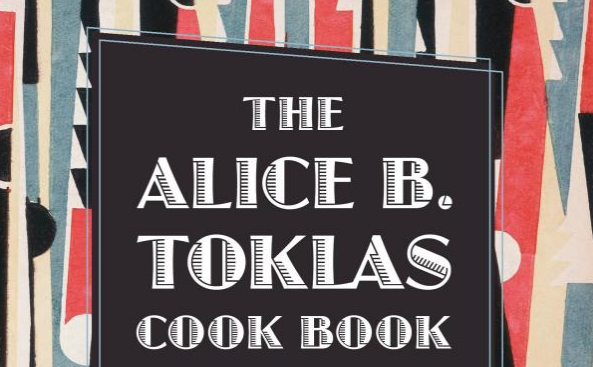Alice Babette Toklas met Gertrude Stein in 1907, the day she arrived in Paris. They remained together for 39 years until Stein’s death in 1946. While Stein became the center of the avant-garde art world, hosting an exclusive salon that welcomed the likes of Ernest Hemingway, Pablo Picasso, James Joyce, Ezra Pound and F. Scott Fitzgerald, Toklas largely preferred to stay in Stein’s shadow, serving as her secretary, editor and assistant.
That changed in 1933 when Stein wrote The Autobiography of Alice B. Toklas – a retelling of the couple’s life together with Toklas serving as narrator. The book is Stein’s most accessible and best-selling work. It also turned the shy, self-effacing Toklas into a literary figure.
After Stein’s death, Toklas published The Alice B. Toklas Cookbook in 1954, which combined personal recollections of her time with Stein along with recipes and musings about French cuisine. Yet it wasn’t her stories about tending to the wounded during WWI or her opinions on mussels that made the book famous. Instead, it was the inclusion of a recipe given to her by Moroccan-based artist Brion Gysin called “Hashish Fudge.”
In this 1963 recording from Pacifica Radio, Toklas reads her notorious recipe. The snack “might provide an entertaining refreshment for a Ladies’ Bridge Club or a chapter meeting of the DAR,” Toklas notes in her reedy, dignified voice. Then she gets on to the recipe itself:
Take one teaspoon black peppercorns, one whole nutmeg, four average sticks of cinnamon, one teaspoon coriander. These should all be pulverized in a mortar. About a handful each of stoned dates, dried figs, shelled almonds and peanuts: chop these and mix them together. A bunch of Cannabis sativa can be pulverized. This along with the spices should be dusted over the mixed fruit and nuts, kneaded together. About a cup of sugar dissolved in a big pat of butter. Rolled into a cake and cut into pieces or made into balls about the size of a walnut, it should be eaten with care. Two pieces are quite sufficient.
Toklas concedes that getting the key ingredient “can present certain difficulties” and recommends finding the stuff in the wild, which might have been possible to do in the early 1960s. Nowadays, the best course of action is to move to Washington, Colorado or Uruguay.
In the recording, Toklas then goes on to recall how hashish fudge came to be included into her book.
“The recipe was innocently included without my realizing that the hashish was the accented part of the recipe,” she says without a trace of facetiousness. “I was shocked to find that America wouldn’t accept it because it was too dangerous.”
“It never went into the American edition,” she says. “The English are braver. We’re not courageous about that sort of thing.”
Note: An earlier version of this post appeared on our site in January 2014.
Jonathan Crow is a Los Angeles-based writer and filmmaker whose work has appeared in Yahoo!, The Hollywood Reporter, and other publications. You can follow him at @jonccrow.
Related Content:
Gertrude Stein Gets a Snarky Rejection Letter from Publisher (1912)
Hear Gertrude Stein Read Works Inspired by Matisse, Picasso, and T.S. Eliot (1934)
Gertrude Stein Recites ‘If I Told Him: A Completed Portrait of Picasso’



Great article on a famous part of 60’s drug culture,
The recipe is wonderful! Tastes great. I made mine into the ball shapes. My family reunion went so well, everybody got along, no bickering, lots of laughing. Will be my must make every year.